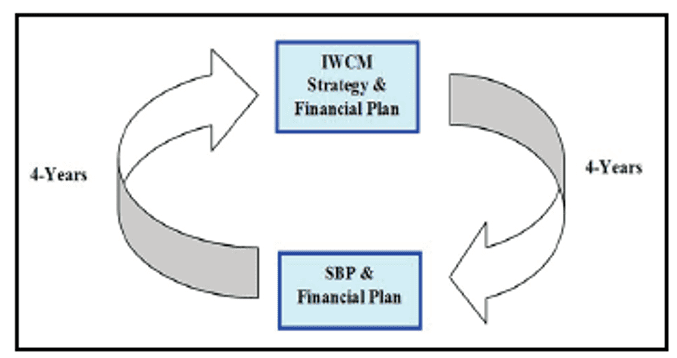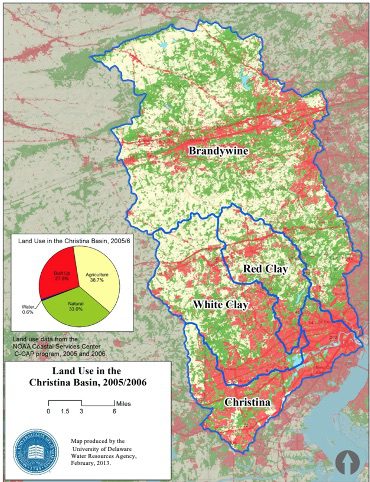Sustainability – the Delaware project
December 16, 2020A potential roadmap for Delaware could be based on approach being taken by New South Wales, Australia. 92 regional local water utilities and 4 metropolitan utilities provide water and sewerage services to about 1.9 million people in the State. NSW has provided financial assistance for this purpose since 1880, most recently through a $1 Billion (Australian) program called Safe and Secure Water. The program is a “co-investment” approach in partnership with the LWU and third parties for
- Development and delivery of water quality, water security and environmental solutions. This is the primary funding stream under the program.
- Integrated water cycle management (IWCM) strategies.
- High-risk dams.
The first of these is primarily focused on addressing the need for new infrastructure (getting people off problematic wells, addressing the needs of newly urbanizing areas). The “sustainable” activity is represented by the second program – IWCM – which seeks to embed the introduction of new or improved infrastructure within a continuous 30-year planning strategy which addresses the following:
- sets the objectives, performance standards and associated performance indicators for the water and sewer business
- identifies the needs and issues based on evidence and sound analysis
- ensures infrastructure matches needs
- determines the investment priority in consultation with the community and stakeholders
- identifies the ‘best value 30-year’ IWCM scenario on a social, environmental and financial (triple bottom line) basis.
The IWCM cycle is depicted graphically below:
The key outcomes of a LWU’s IWCM Strategy are:
- 30-year total asset management plan (TAMP)
- 30-year Financial Plan
- drought and emergency response contingency plan (DERCP).
As noted in the graphic, the IWCM is conducted on an 8-year Cycle and includes a Strategic Business Plan (SBP) which is a mid-term review and update of the IWCM.
- Updates the existing 30-year TAMP, identifies any opportunities to downsize or defer significant projects; analyses and updates the renewals portion of the TAMP to develop a new 30-year TAMP and define renewals for next five years based on proven evidence (condition assessment)
- Updates the 30-year Financial Plan and develops a 30-year projection of typical residential bills (in current year dollars)
- Evidence of community consultation on the levels of service established for the Plan
- Input to the Community Strategic Plan
(A source document can be found here: https://www.industry.nsw.gov.au/__data/assets/pdf_file/0006/146931/integrated-water-cycle-management-strategy.pdf)
Total Asset Management looks comprehensively at the life-cycle cost of owning, operating and maintaining water assets and the decision basis for renewals and replacements. The plan is required to look out 30 years and identify specific investments and costs needed over the next 5 years and estimates of probable costs for the remainder of the term. The Financial Plan essentially develops a projection of the typical residential bill (TRB) over the 30-year period to assure that the cost of the water service remains affordable. An interesting feature of the program is that LWU’s are required to report depreciation on the basis of replacement value as opposed to the standard historic cost basis. The depreciated value reported is thus the “fair value” of the asserts in current dollars. NSW supports this requirement by periodically surveying and publishing actual costs for infrastructure projects from competitive prices obtained by NSW as well as LWU’s and other agencies.
NSW provides a number of publications including a best practice framework to assist LWU’s and their consultants with this process:( https://www.industry.nsw.gov.au/__data/assets/pdf_file/0009/146997/BPMF.pdf)




